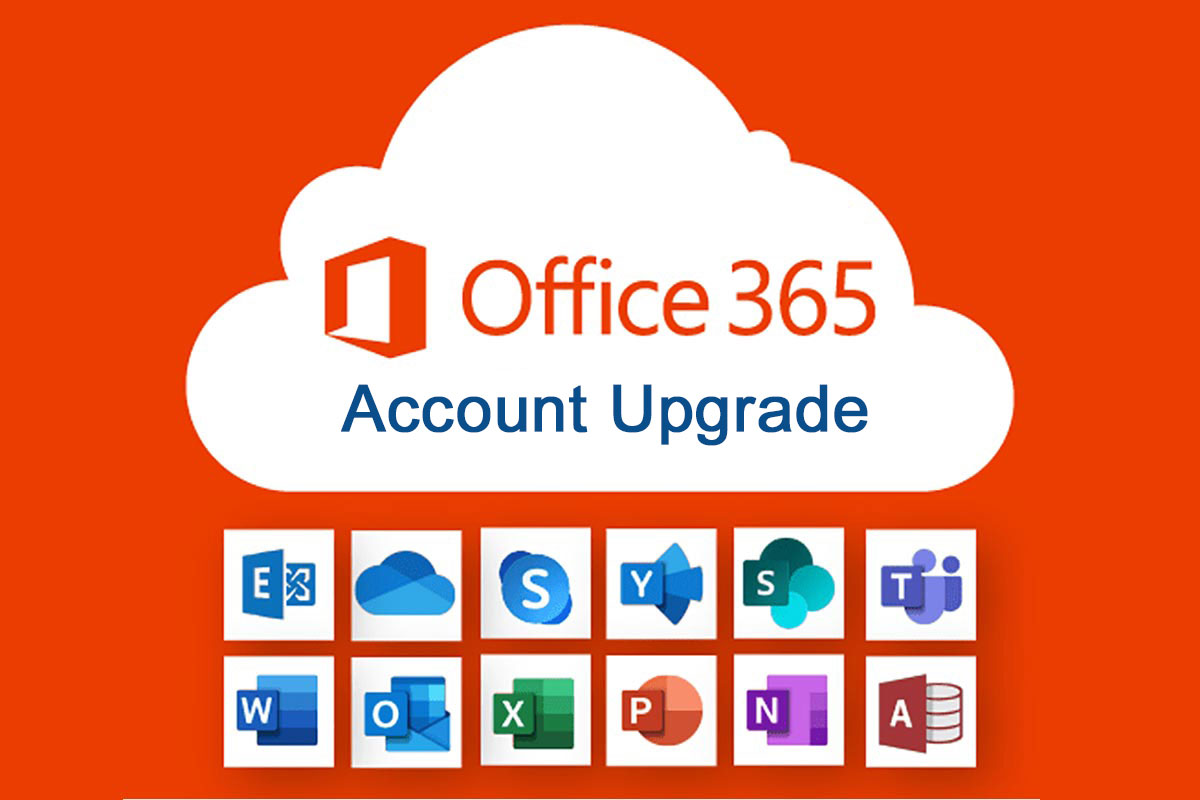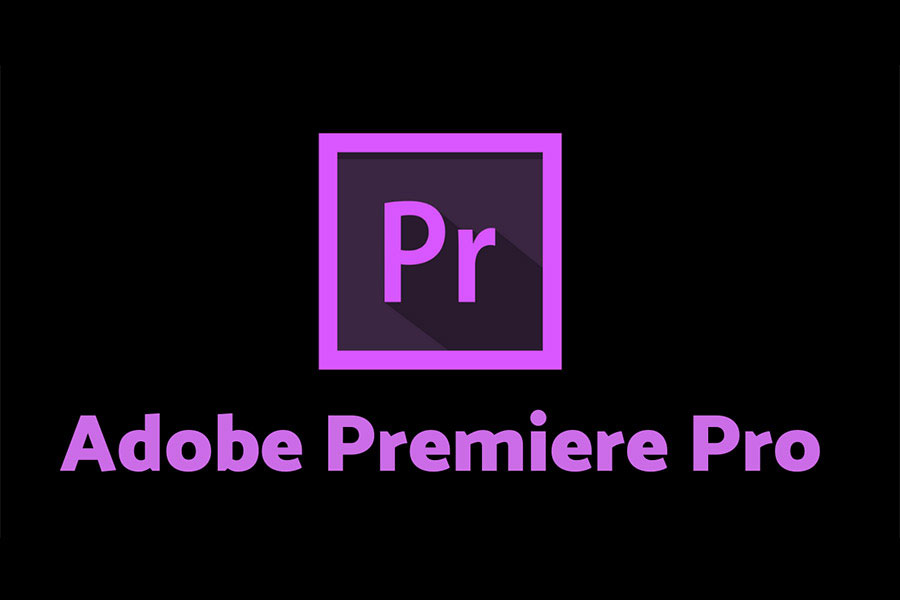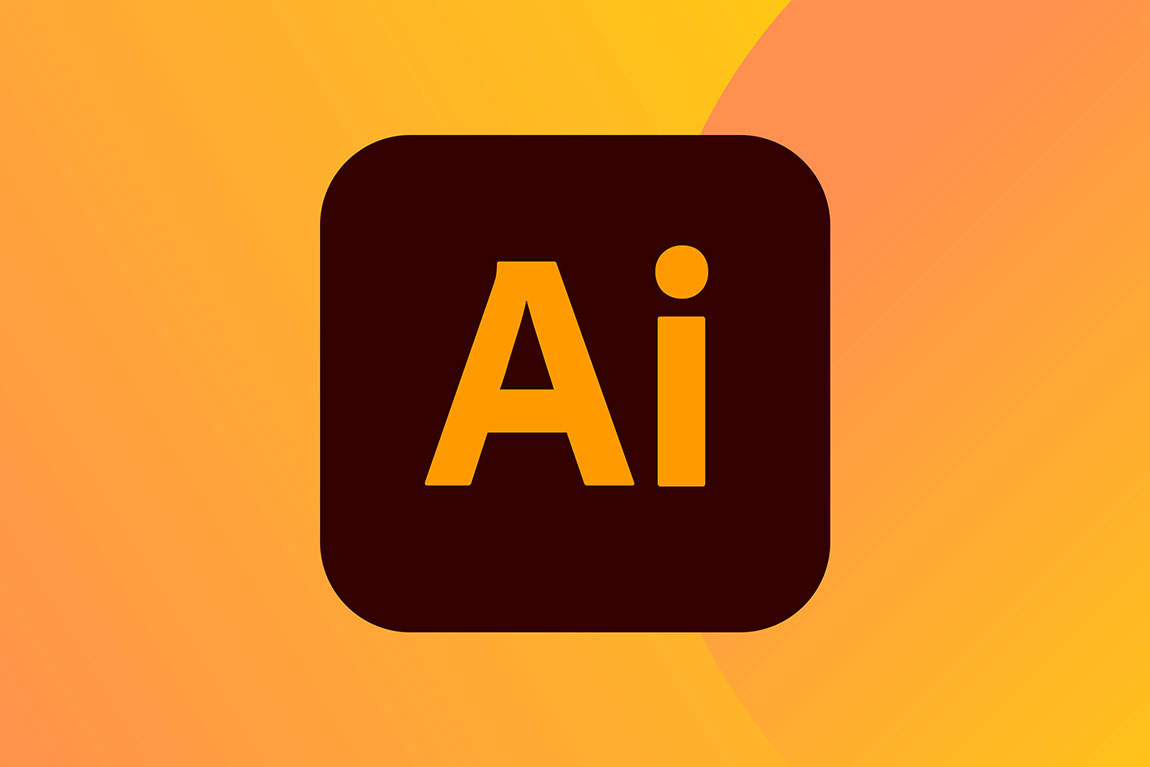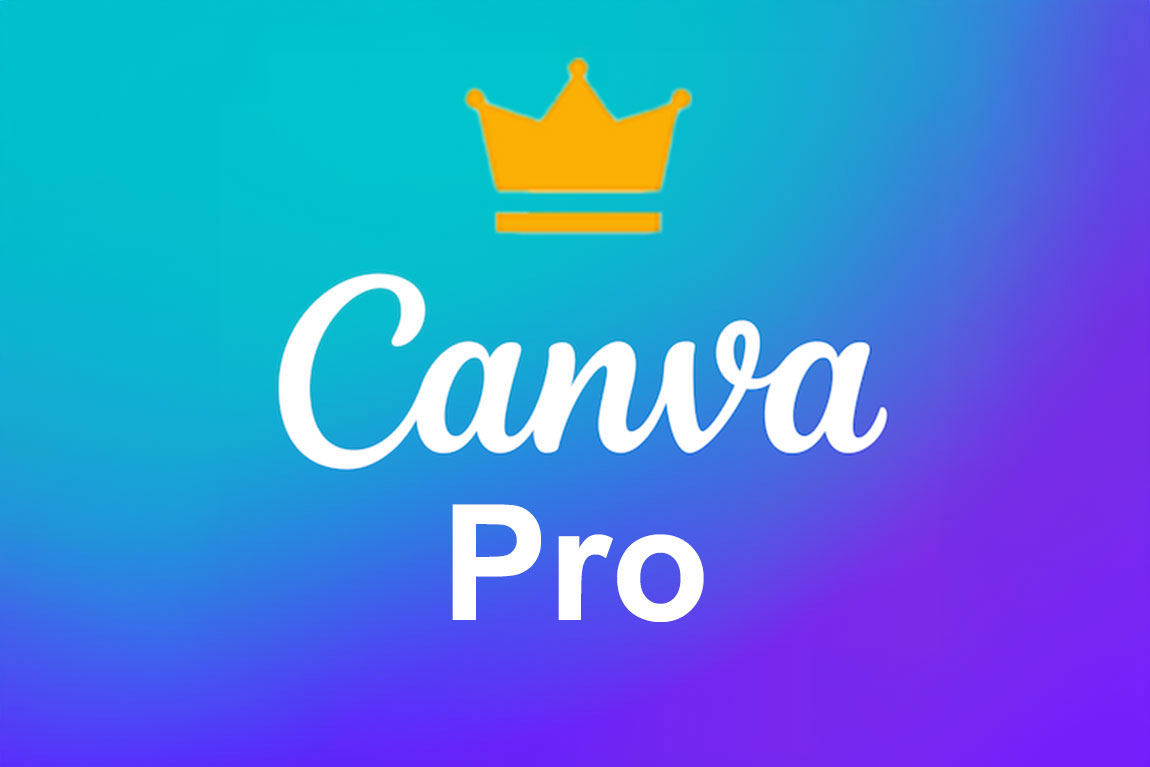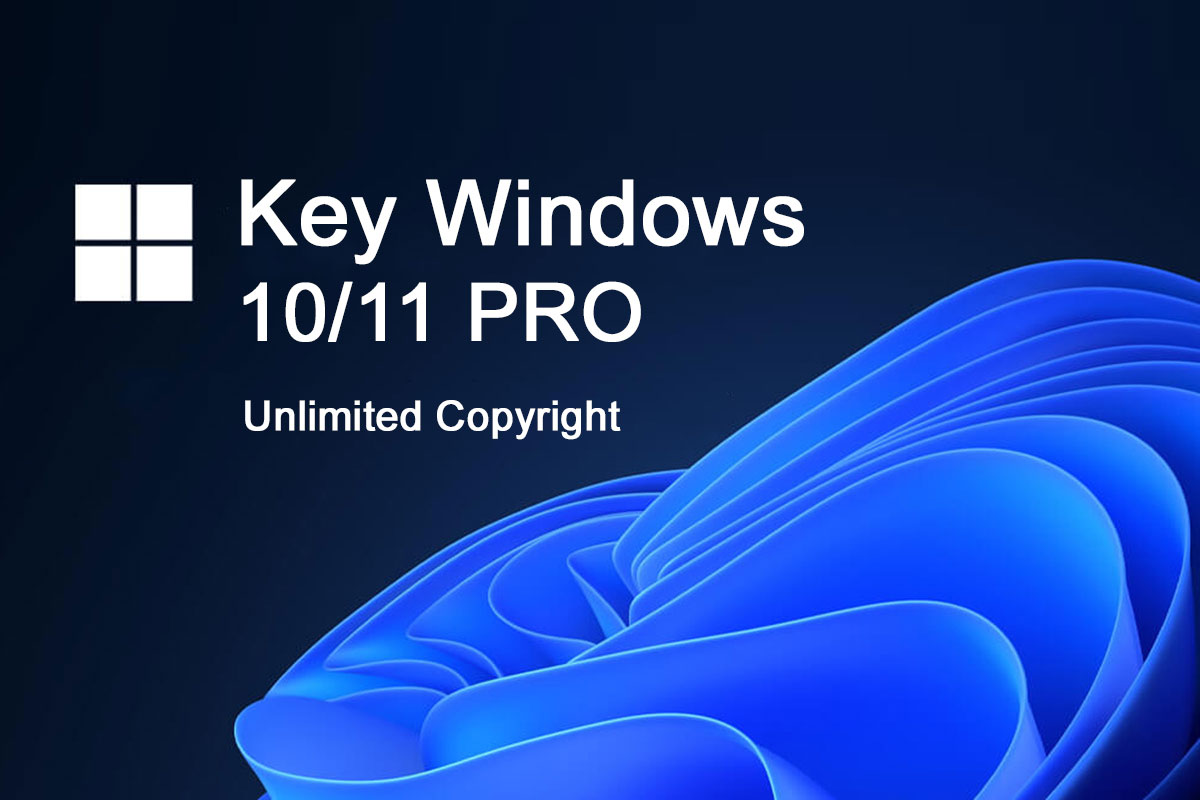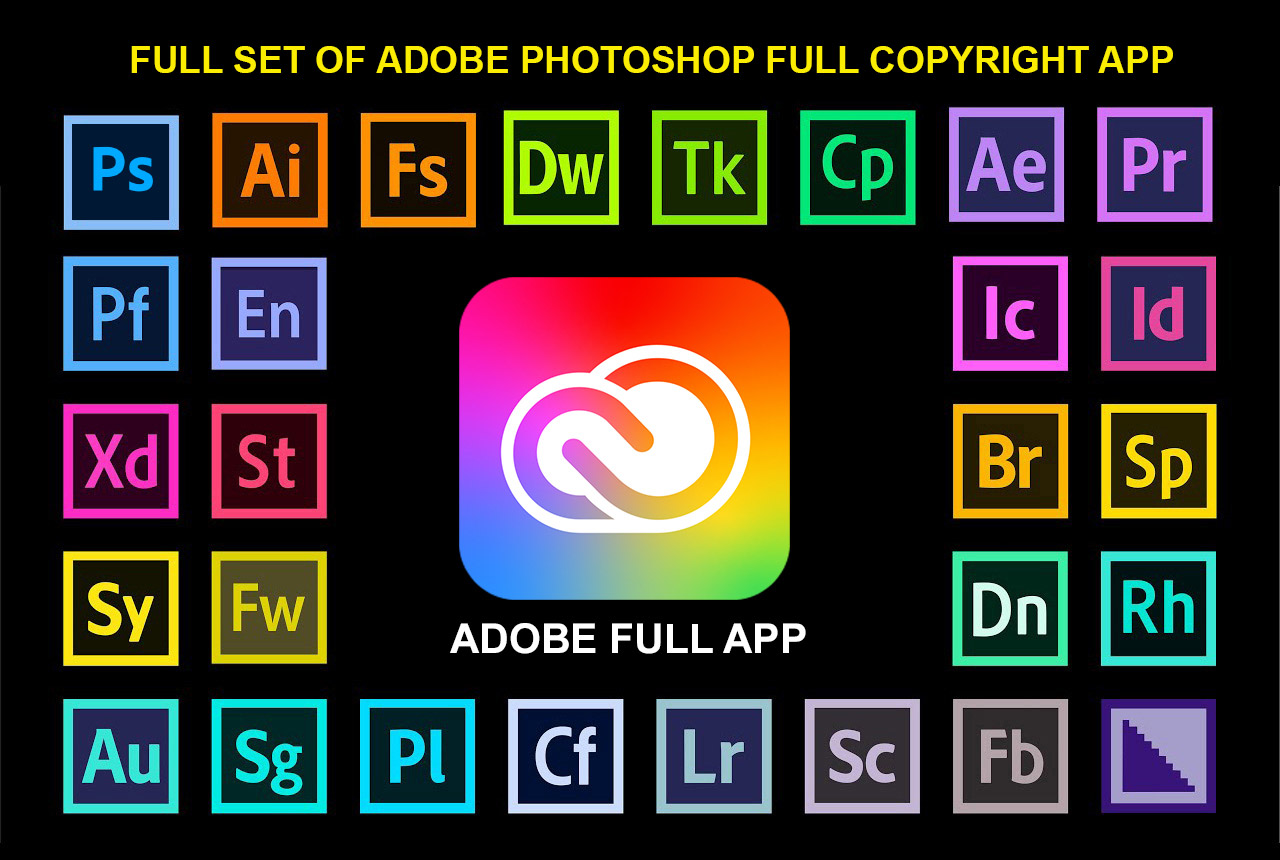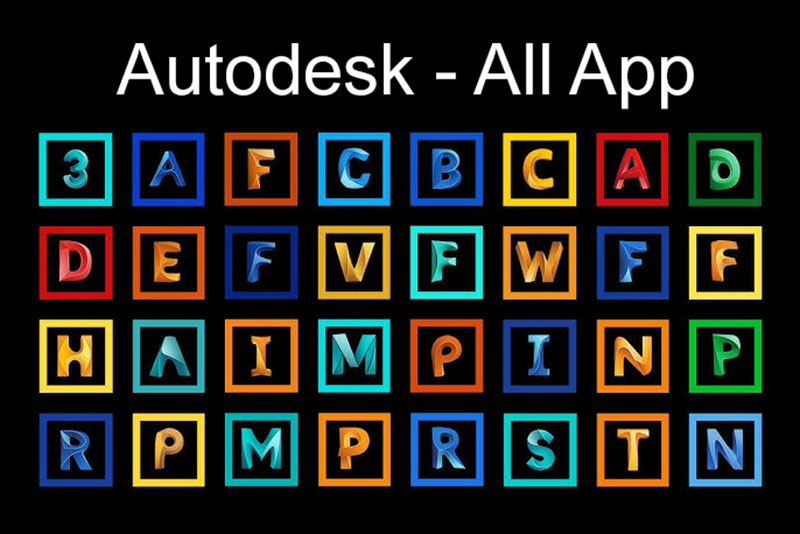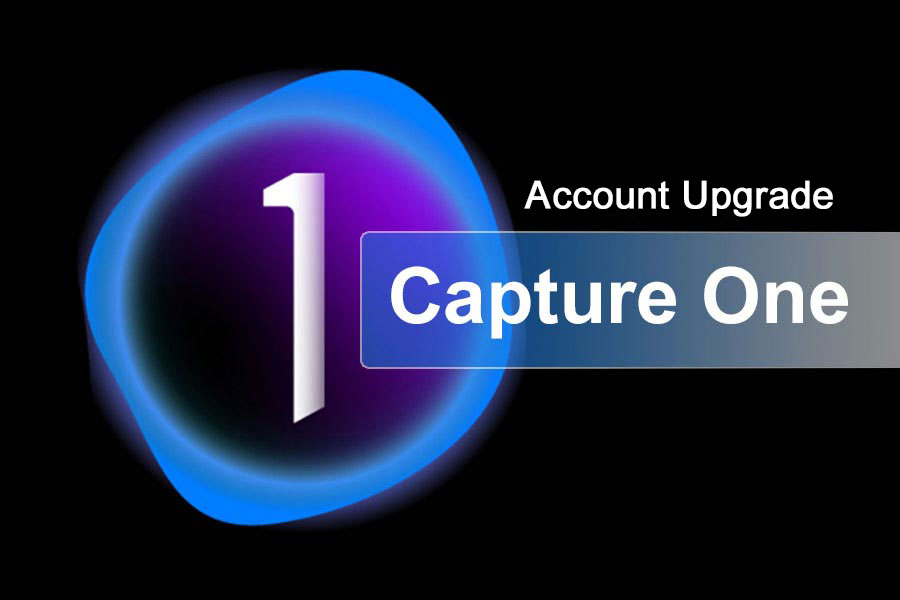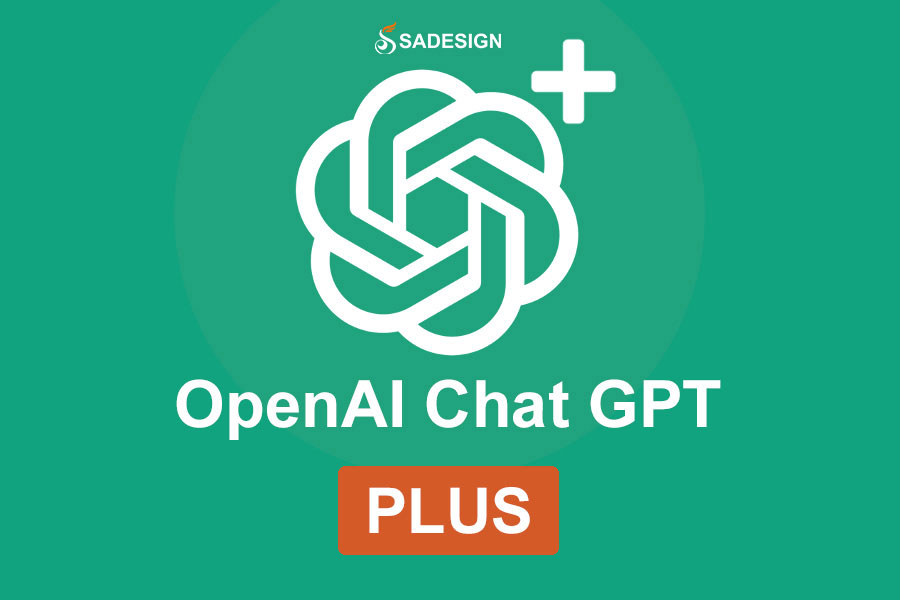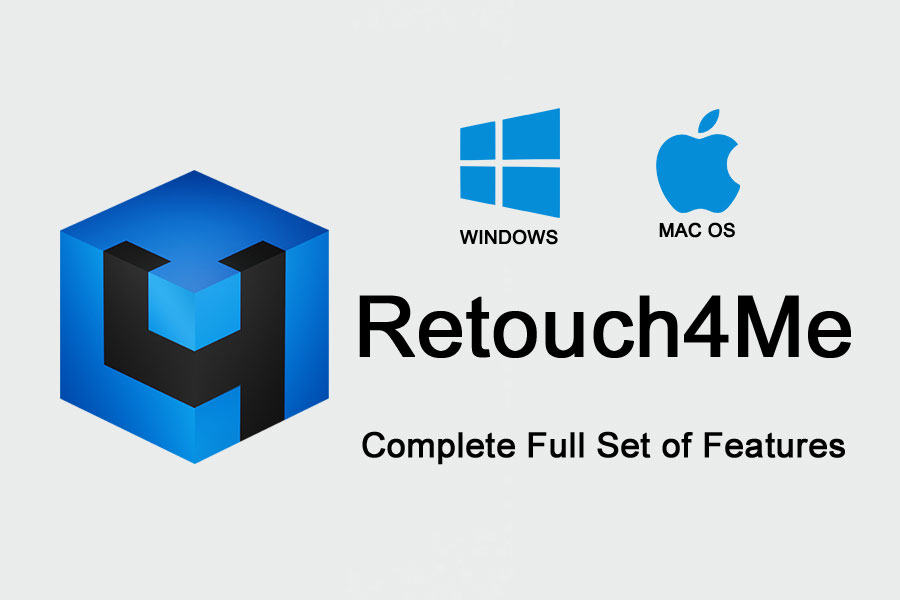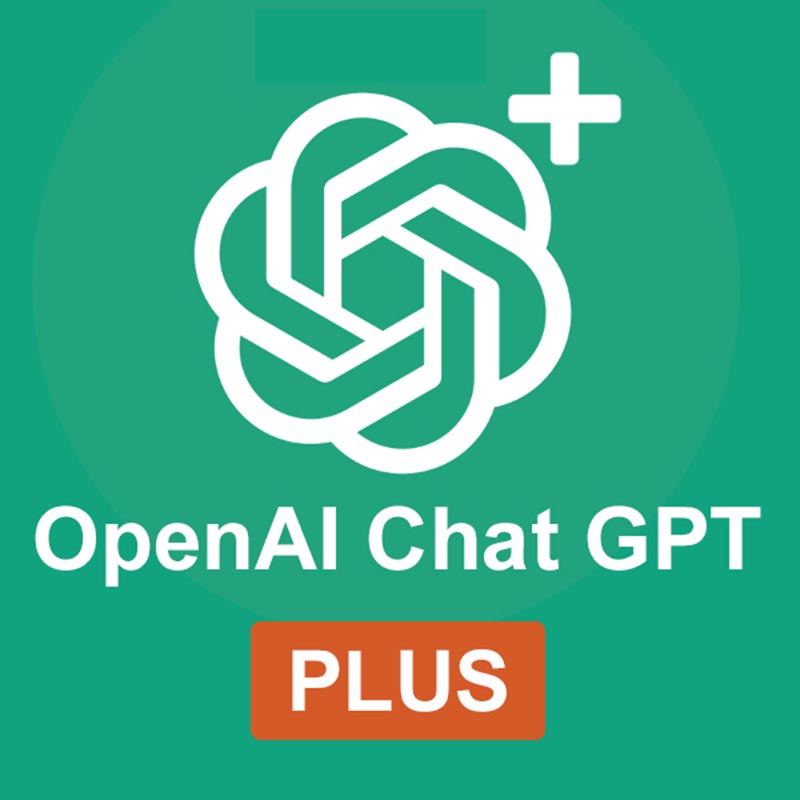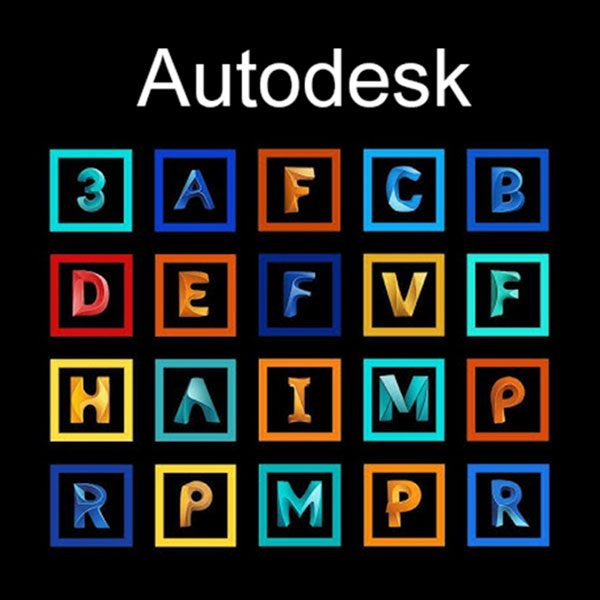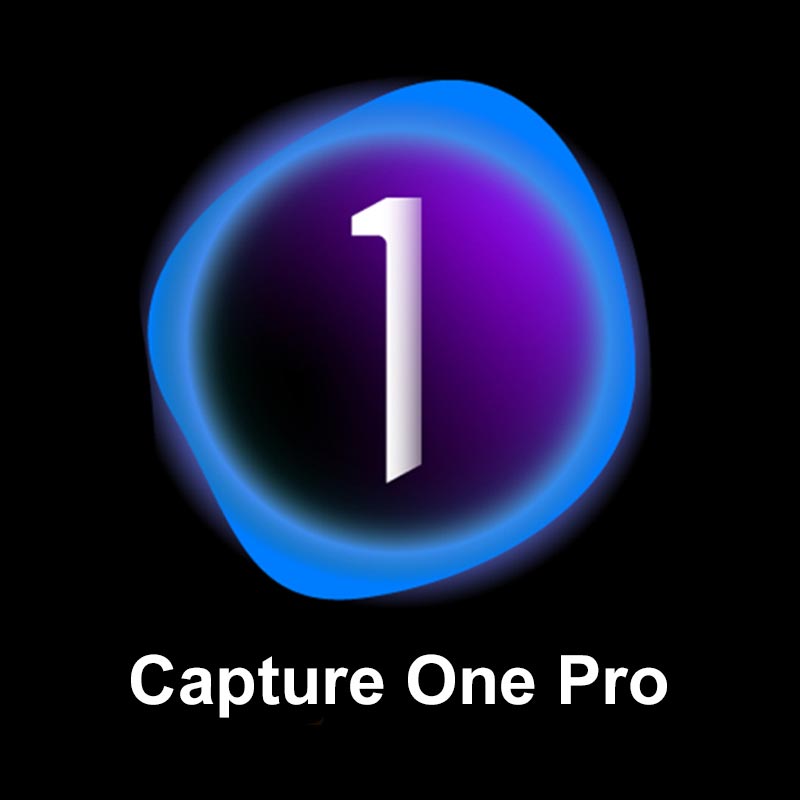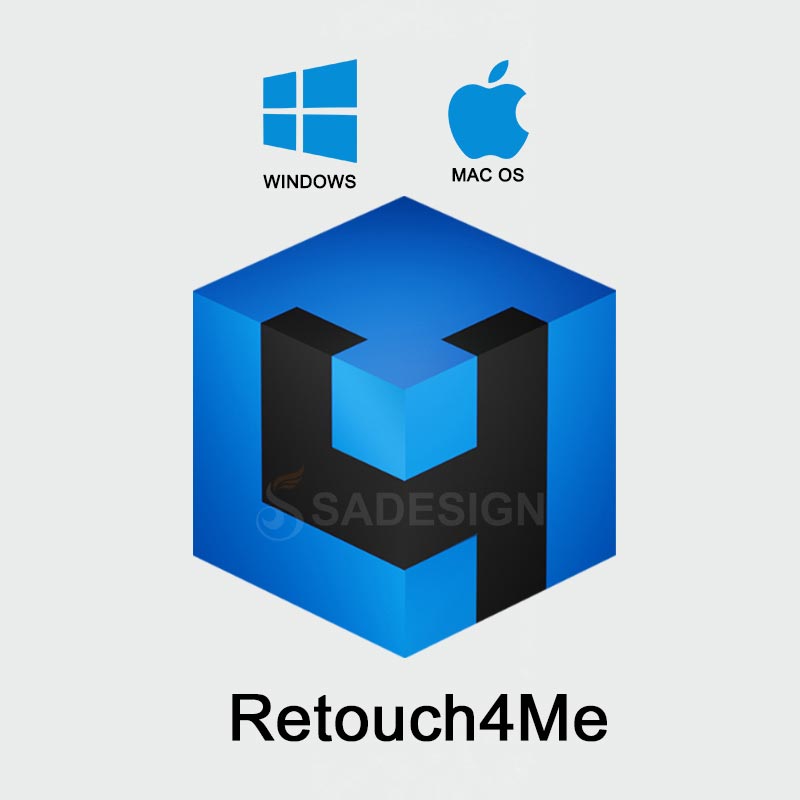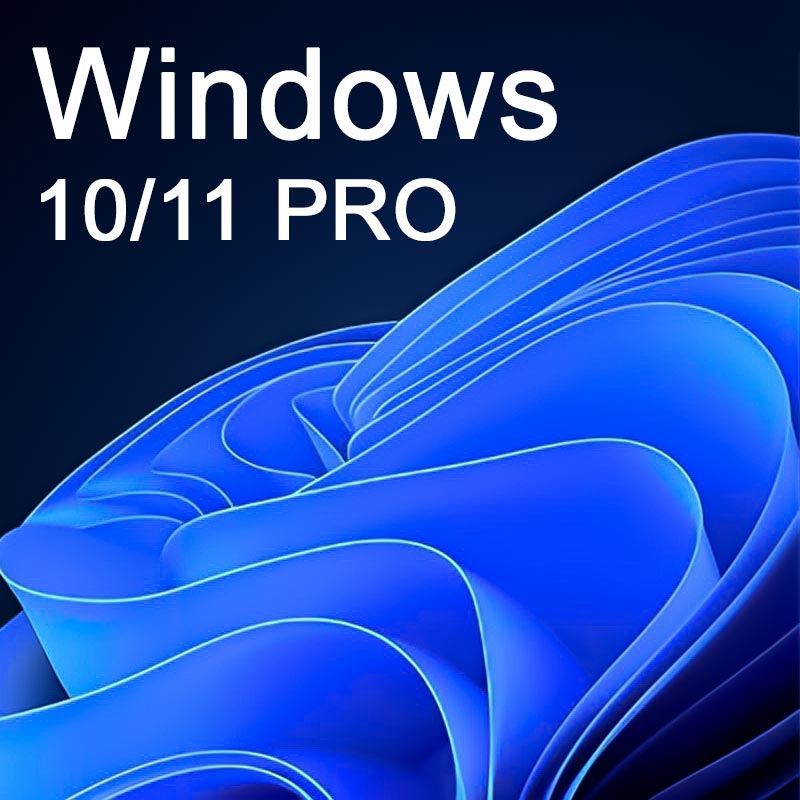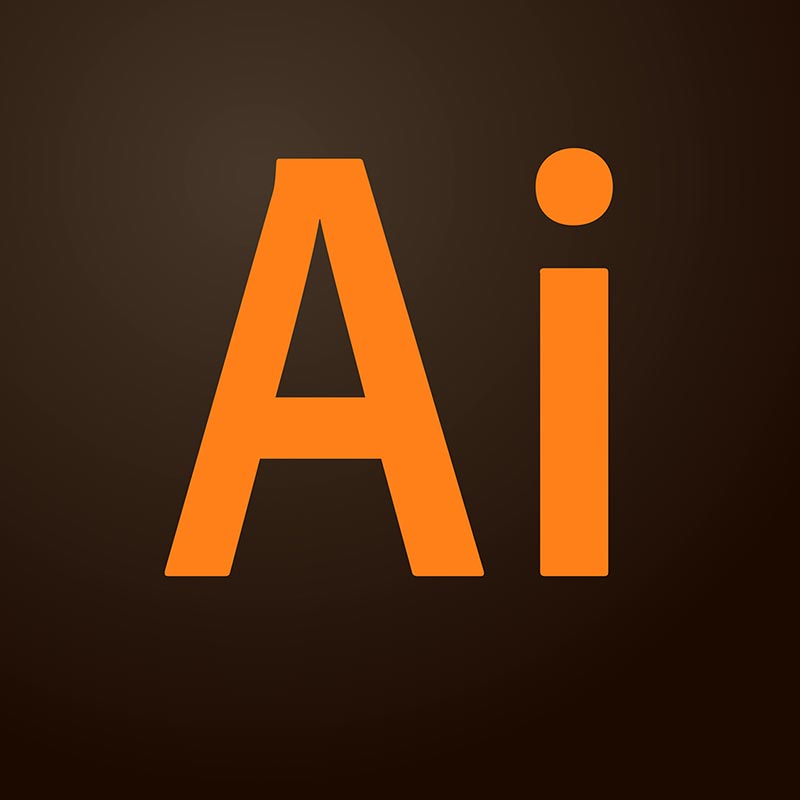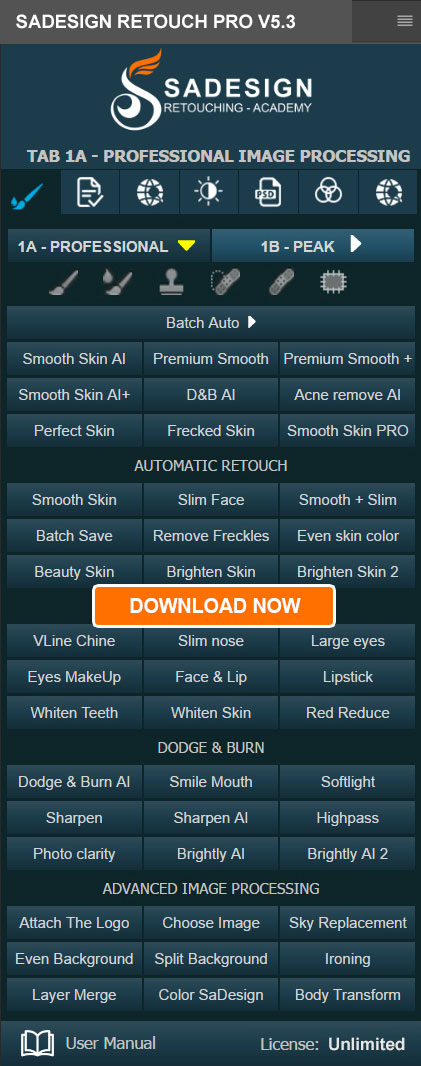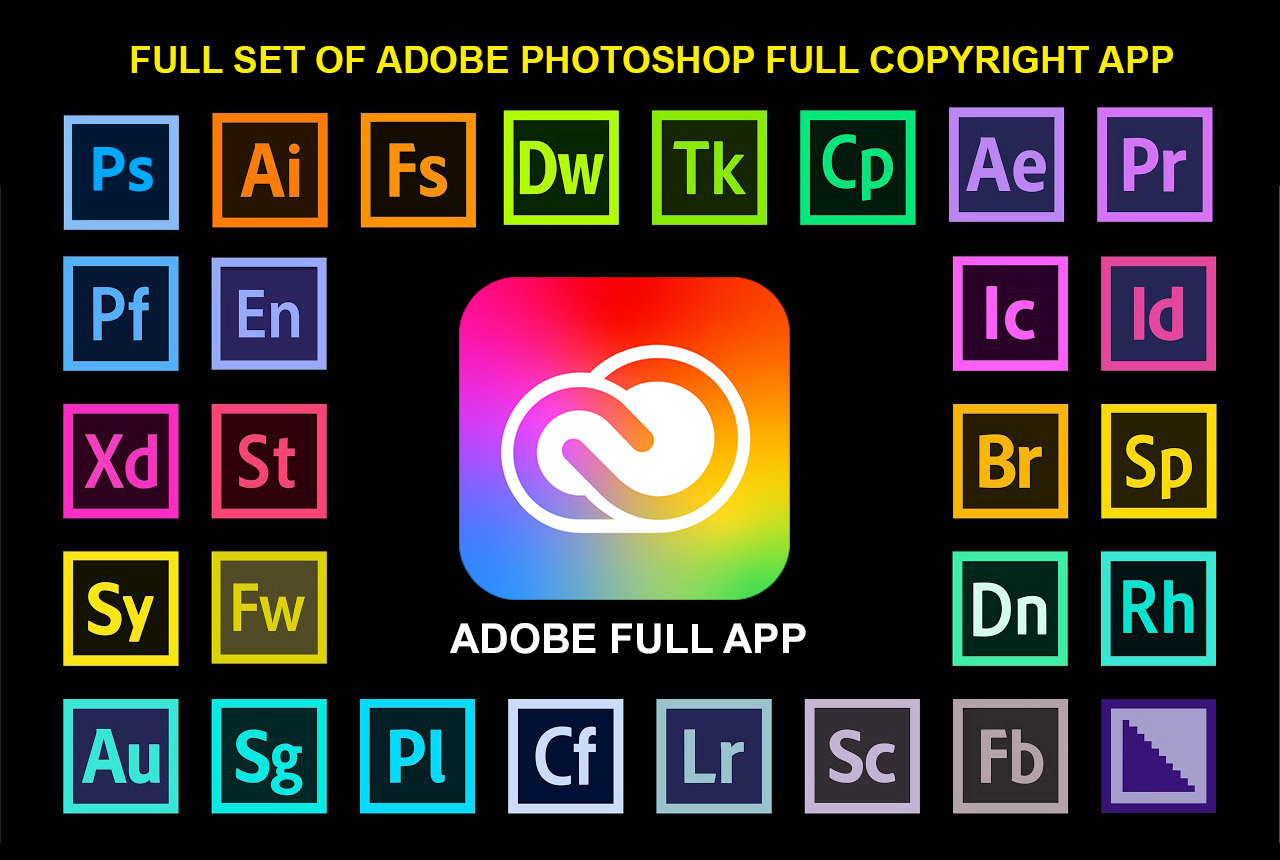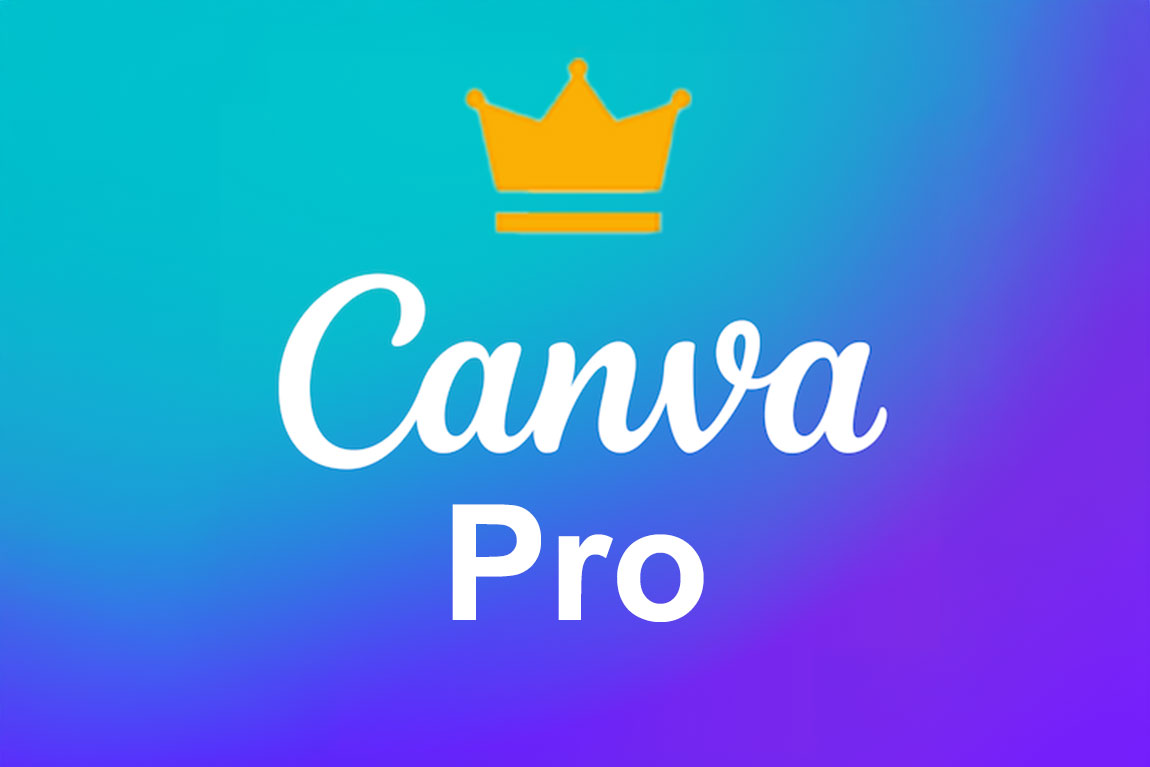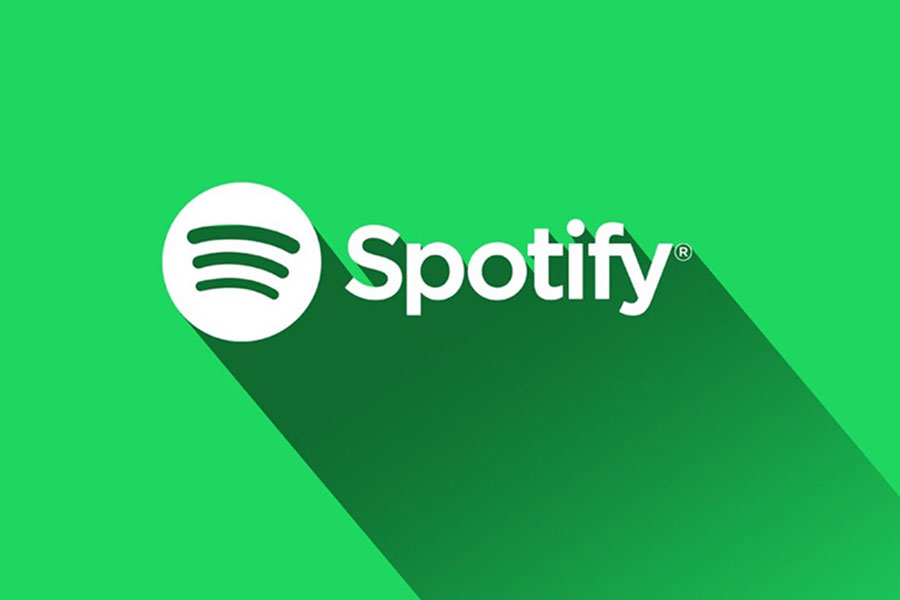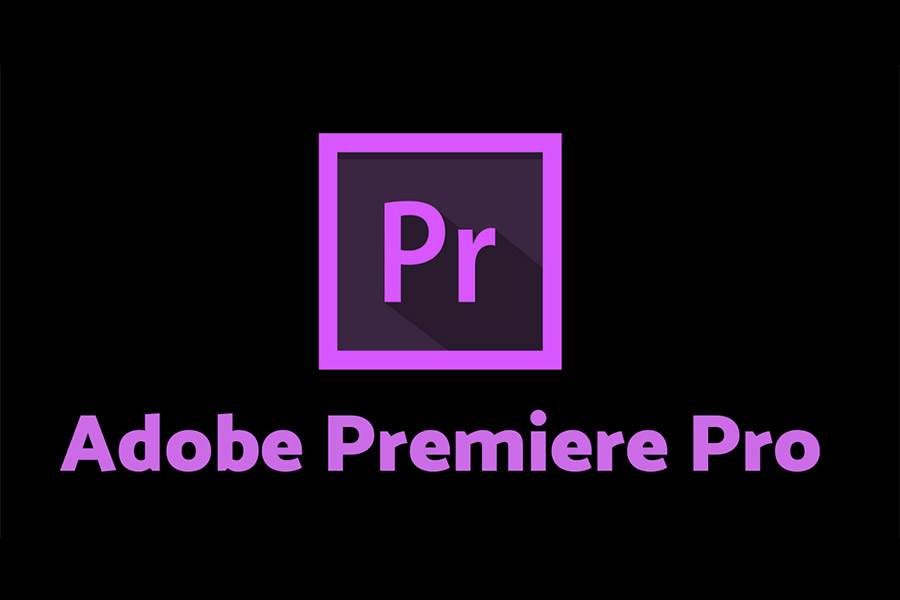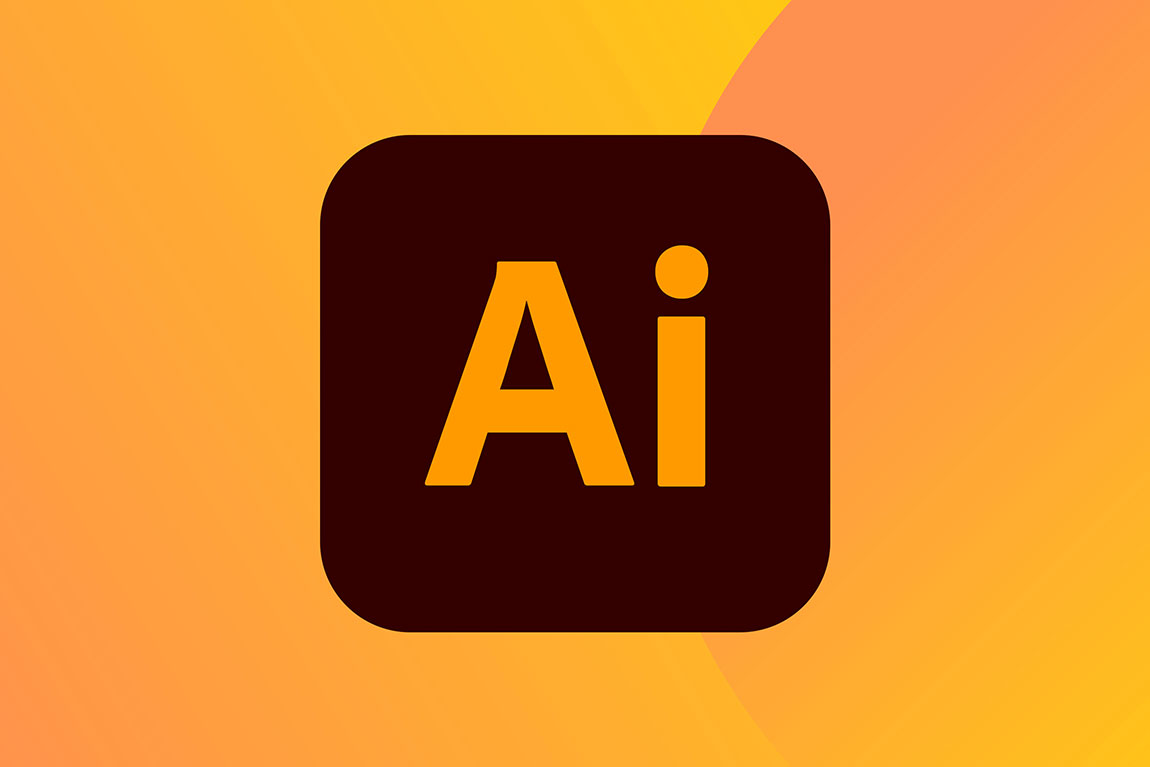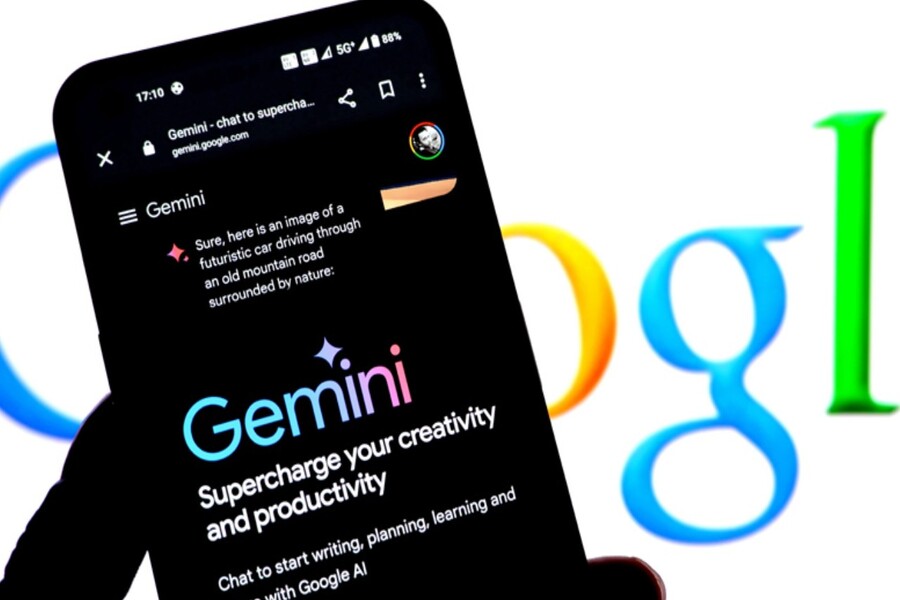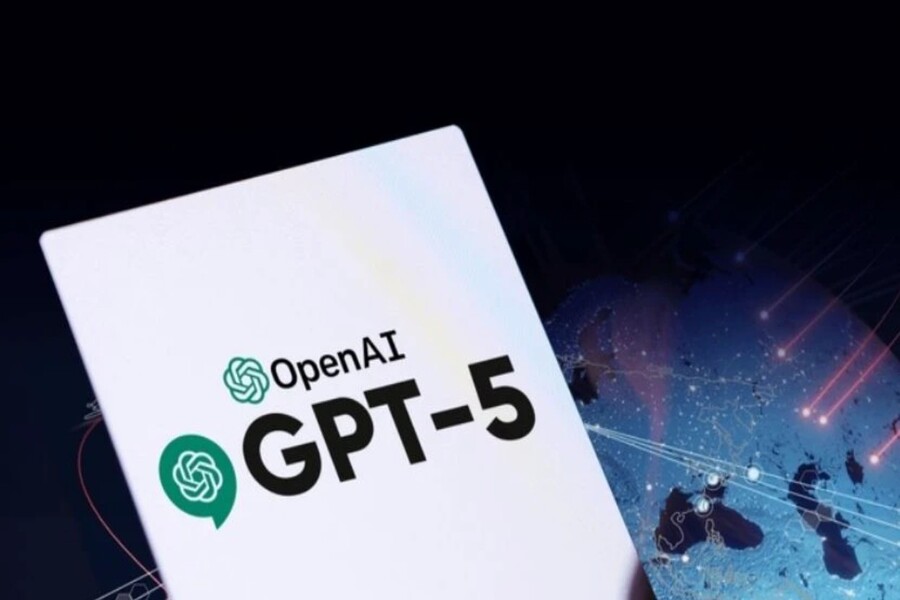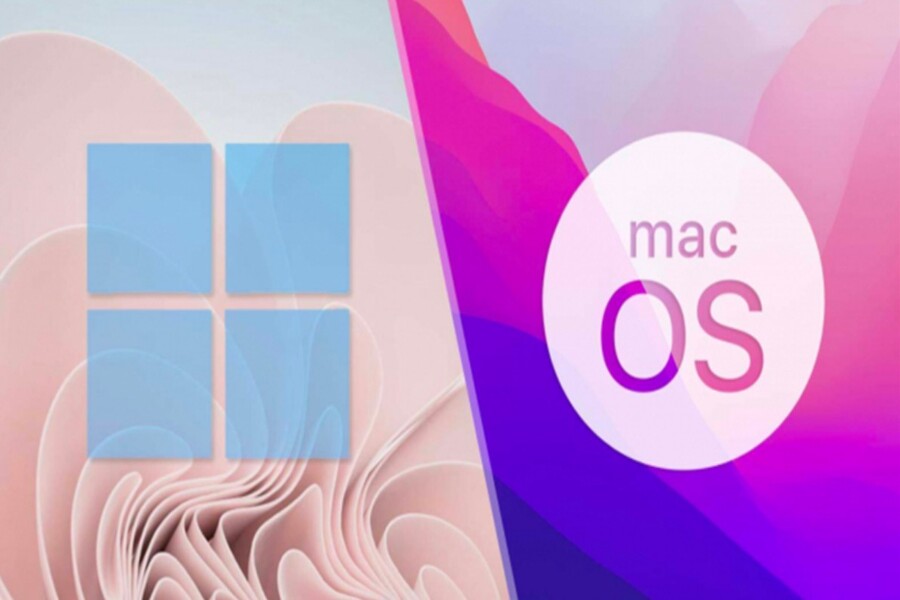Best Selling Products
New Windows Version: Microsoft Promises “Smarter Than Expected” Experience
Nội dung
In an interview with Christiaan Brinkhoff, head of Microsoft's AI division, Davuluri revealed his vision for a future Windows.
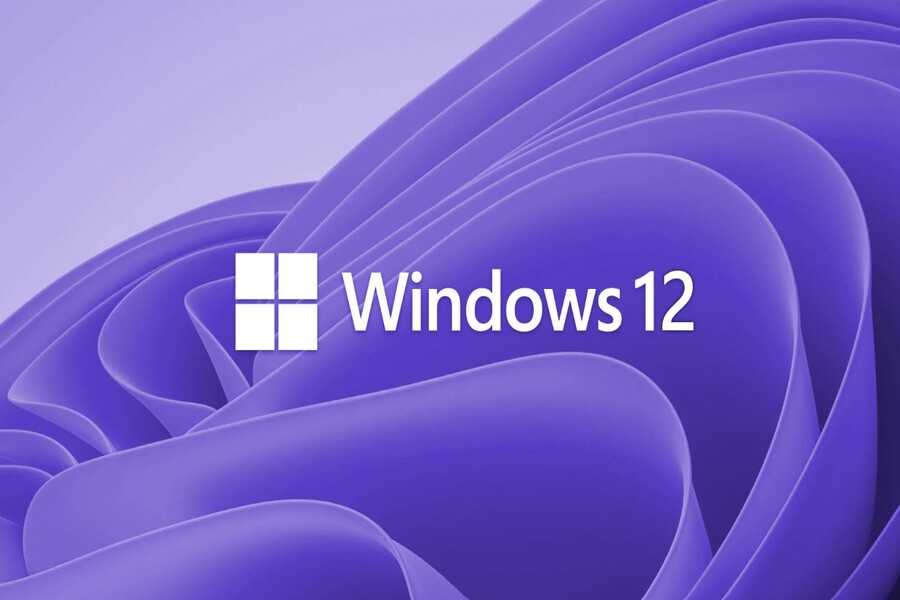
Over the past three decades, Windows has become a familiar operating system for billions of people around the world. From the early days of simplicity with Windows 3.1, to the multimedia boom of Windows XP, and then the more modern transformation with Windows 10 and 11, Microsoft has always sought to renew this operating system to keep up with technology trends and user needs.
But what Windows and Surface CEO Pavan Davuluri recently shared shows that Microsoft is aiming for an even deeper transformation, not just changing the interface or improving performance but redefining the way people interact with computers.
In an interview with Christiaan Brinkhoff, Microsoft’s head of AI, Davuluri revealed his vision for a Windows of the future, where voice becomes the primary input method and the operating system becomes more contextually aware to assist users in a more intelligent and natural way than ever before. These are no longer small changes, but a step toward “Windows knowing what you want before you say it.”
1. Voice input method
Throughout the history of personal computing, the keyboard and mouse have served as the primary input tools, becoming the standard for how humans control and interact with machines. They offer precision, flexibility, and have proven their effectiveness over decades of use. However, with the rapid development of speech recognition technology and artificial intelligence, the way we interact with computers is facing a new turning point.
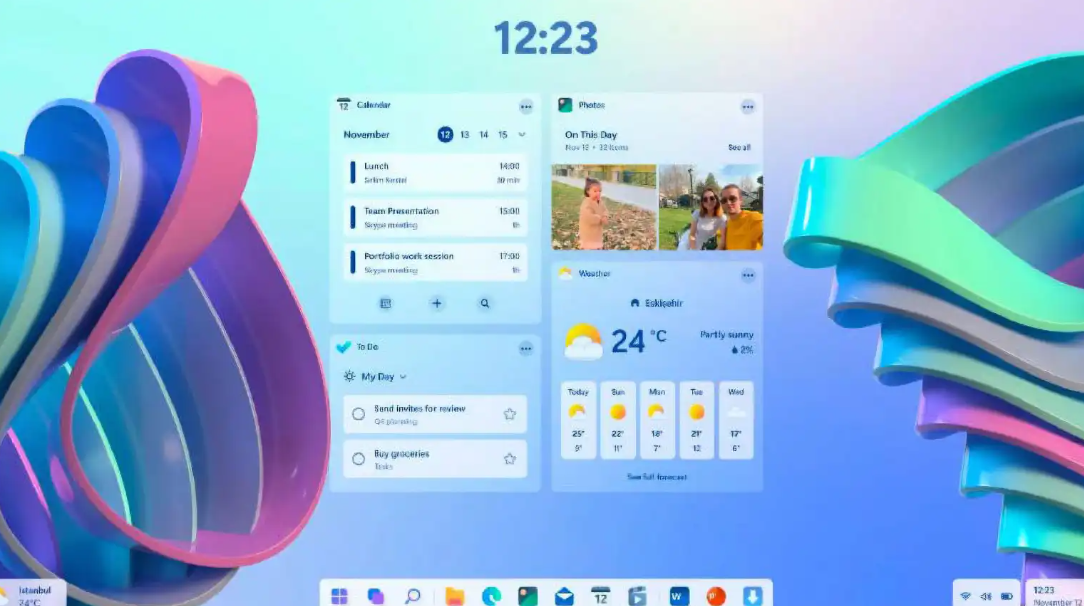
According to Pavan Davuluri, the majority of Windows users still rely on traditional input methods. But that will change. As voice recognition systems become more sophisticated, able to understand natural language and distinguish individual voices in noisy environments, using your voice to control your computer will no longer be an “add-on” feature but will become a pillar of the Windows experience.
“I think computing will become more ubiquitous and more diverse over time,” he asserted. “Diversity of experience is the next space where voice plays a bigger role.”
This doesn't simply mean you can say “Open Word” or “Find the July report file” like previous voice control features, but rather interact through natural conversation, with a much higher level of complexity.
For example, you could say:
“Create a Q2 revenue analysis table for me based on available Excel data, with a comparison chart to the previous quarter.”
“Compose an email reply to the client about rescheduling the meeting to next week and send it by late this afternoon.”
“Find all the photos Minh and I took at last year's company event, save them to the Marketing project folder, and share them with the team.”
Here, AI will not just stop at listening and executing individual commands. Instead, it will understand context, recognize related factors, and perform complex sequences of actions, even handling multiple tasks simultaneously.
The big difference from older speech recognition technologies is that the new Windows AI will be able to learn from each individual’s style and needs. If you frequently ask for a report in a specific format, the system will automatically apply that structure the next time. This turns voice into a natural and intelligent bridge between humans and computers, eliminating a lot of manual work and saving a lot of time.
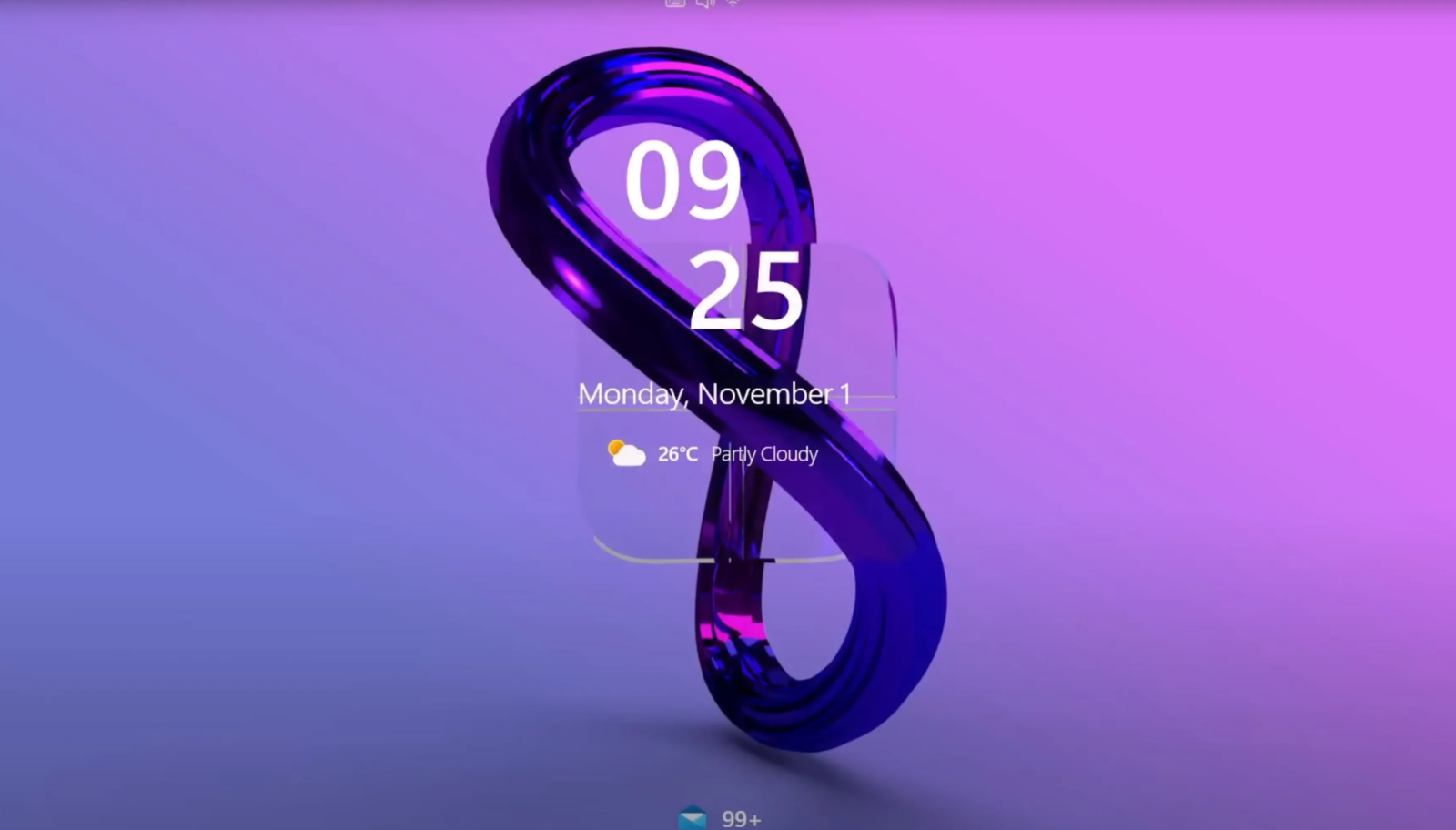
2. Bring context awareness to Windows
If voice input is the next step in how you communicate your intentions to a computer, then context awareness is how computers understand and respond most effectively.
Davuluri introduced Copilot Vision, a new AI feature that Microsoft is developing. This is not just a text-reading or image-recognition tool, but a “vision” system combined with artificial intelligence, capable of observing the content on the screen and analyzing it to determine the user’s potential needs.
Imagine: you’re writing a business report in Word, while you have an Excel spreadsheet open in another window. Copilot Vision “sees” both, understands that you’re about to present data, and instantly suggests a suitable chart or automatically generates a summary of key metrics to include in the report.
In another scenario, when you are in an online meeting via Microsoft Teams, the system can identify the topic of conversation, quickly display relevant documents, and simultaneously take notes of important points. This helps you stay on track and ensures that you don’t miss any information.
“The concept of context-aware computers is going to be a big thing in the future,” Davuluri explains. “You’ll be able to talk to a computer while you’re writing or interacting with someone else and the computer will understand your intentions.”
The bottom line is that Windows doesn’t just respond to direct commands, it anticipates your needs based on your current environment and behavior. This will completely change the way people work, learn, and play. You no longer have to waste time searching for additional information or making manual adjustments, because your computer proactively provides exactly what you need, when you need it.
In terms of experience, this is an evolution from a passive computer to an active assistant, analyzing and making useful suggestions. This also opens up great potential for professions that need to process information quickly, such as journalism, medicine, design, or scientific research.

3. Microsoft has been preparing for a long time
Although Davuluri spoke in his own name, it's clear that this vision isn't a spontaneous idea. It's part of a strategy that Microsoft has been quietly preparing for years.
Back in January 2023, at CES, Panos Panay, then CEO of Windows and Surface, shared his vision for Windows to be an “inclusive, intelligent, and multimodal” platform. At the time, Panay emphasized that AI would be the pillar that would help Windows transform from a traditional operating system into a living, dynamic, interactive work environment for each user.
Since then, Microsoft has continued to roll out AI features, not just as a standalone add-on but as a core part of the Windows experience and the Microsoft 365 ecosystem:
- Copilot in Microsoft 365: Help you write documents, analyze data, and create presentations from raw information in seconds.
- Bing Chat: Integrates conversational AI right into the search engine, helping answer questions, find documents, and suggest content quickly.
- Windows Studio Effects: Use AI to optimize lighting, reduce noise, and automatically align frames during online meetings.
These technologies are not just experimental steps but the technical foundation and user experience to prepare for the "transformation" of Windows in the future. Microsoft understands that for AI to truly change the way people work, it must be deeply integrated into the operating system, not separate applications.
The big picture is clear: Microsoft has been moving in one direction, putting AI at the heart of Windows. And what Davuluri said today is a glimpse into that grand plan.
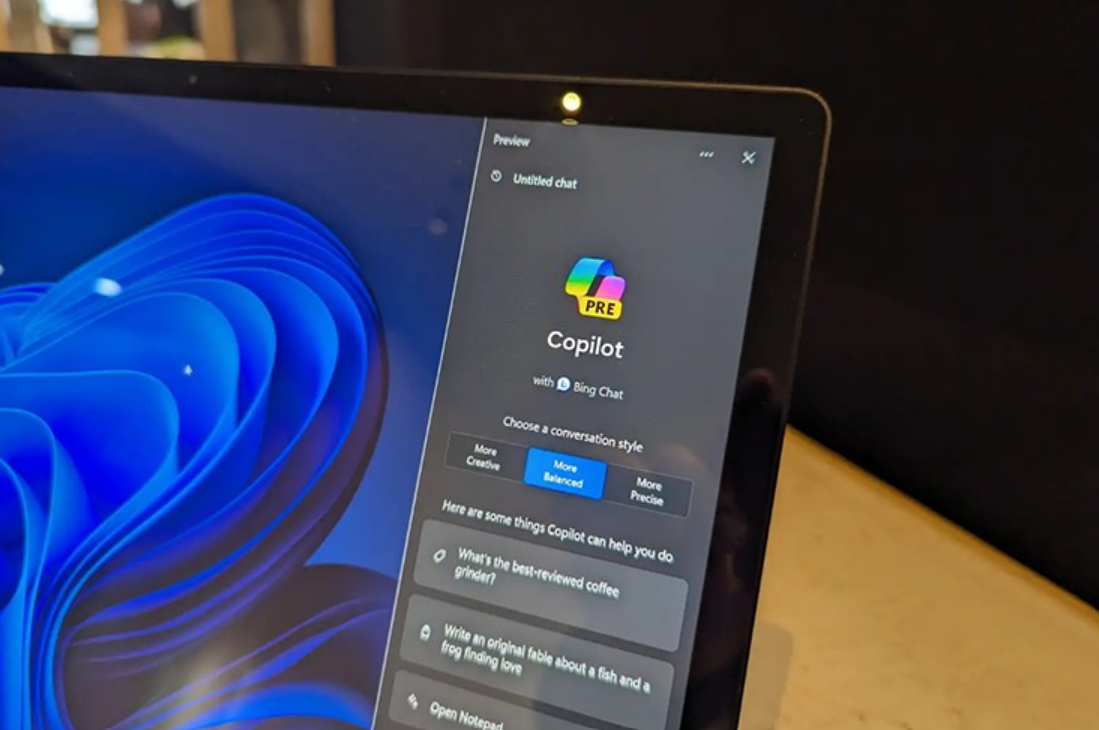
4. Benefits and impacts of new generation Windows
When AI, voice, and contextual awareness are deeply integrated into the operating system, the benefits are clear:
First of all, productivity will be significantly improved. Instead of spending time searching for documents and manually processing each step, users can let Windows handle complex tasks. A designer can ask the computer to automatically create a color palette that matches their brand, a salesperson can ask Windows to aggregate data from multiple sources, and a teacher can let the system create lessons based on available lesson plans.
Next, technology accessibility will be expanded. Voice input will make it easier for people with mobility disabilities or low vision to use computers. Context awareness will also help people who are less tech-savvy take full advantage of the power of Windows.
Ultimately, computing experiences will become more personalized than ever. AI will learn each person’s habits, preferences, and needs to make appropriate recommendations, creating a work or play environment that is “tailored” to each individual.
5. Challenges and Unanswered Questions
Of course, an operating system that is so smart that it can “see” the screen and understand context also raises issues. Privacy is the biggest concern. Users will need to be assured that their personal and work data is not being collected or used without permission.
There is also the issue of AI dependence. If users rely too much on automated suggestions, they may lose the ability to find solutions on their own. At the same time, AI’s over-involvement in work can lead to decisions that are influenced by algorithms rather than independent thinking.
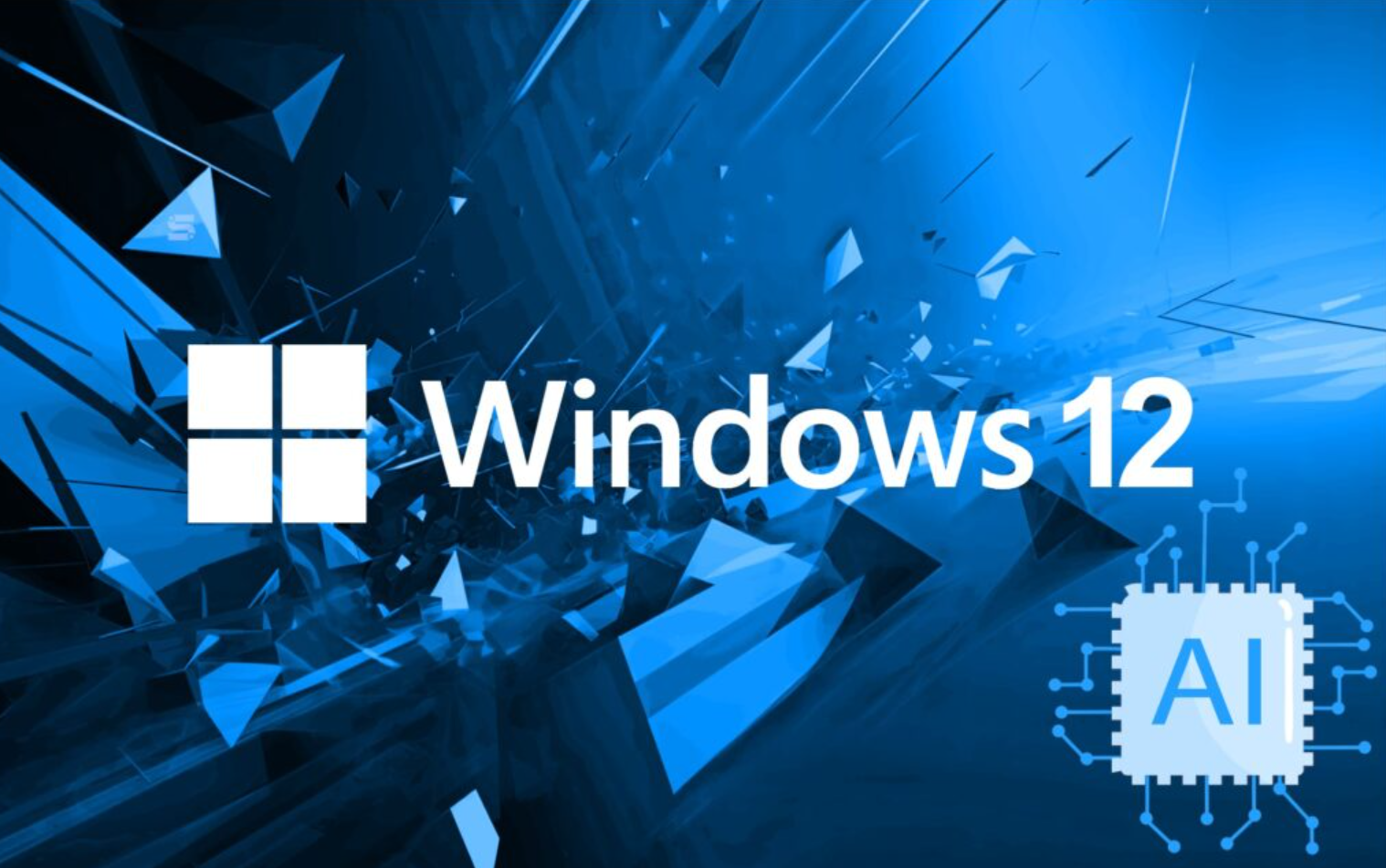
Technically, AI built into the operating system will require more powerful hardware resources. This raises the question: Will older computers be able to run the new Windows, or will users be forced to upgrade their devices?
6. Conclusion
From what Pavan Davuluri shared, it can be seen that Microsoft is preparing for a major revolution for Windows. Voice will no longer be a side feature, context recognition will no longer be a science fiction idea, and AI will become the heart of the operating system.
If this vision becomes a reality, Windows of the future will be like a sympathetic colleague, always ready to support and accompany you in every task. This is a step forward not only in technology but also in the way people and computers communicate with each other.
And perhaps, the familiar question “Where do you want to go today?” that Microsoft used to use will be replaced by a new, simple but meaningful question:
“How can I help you right now?”


